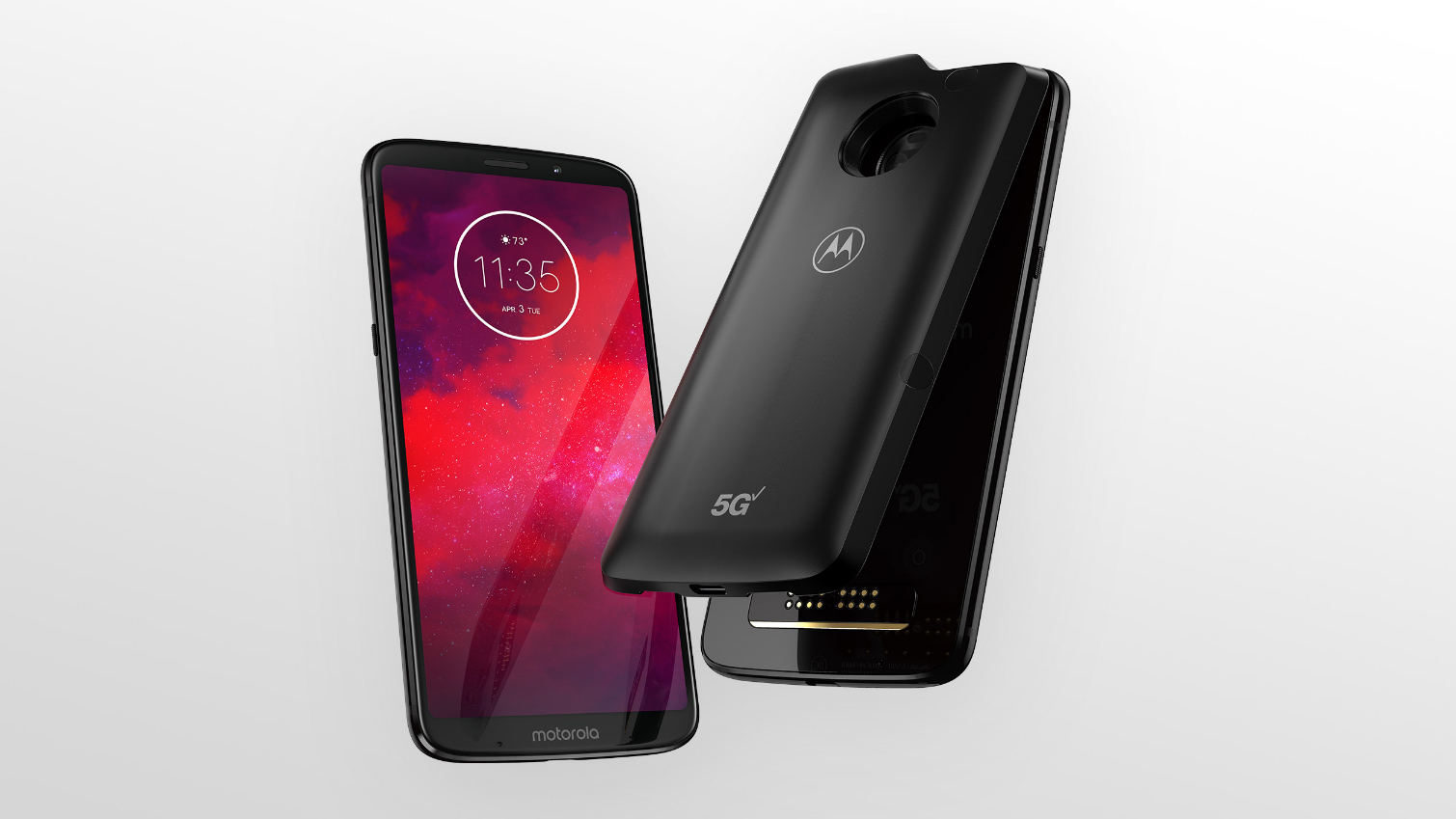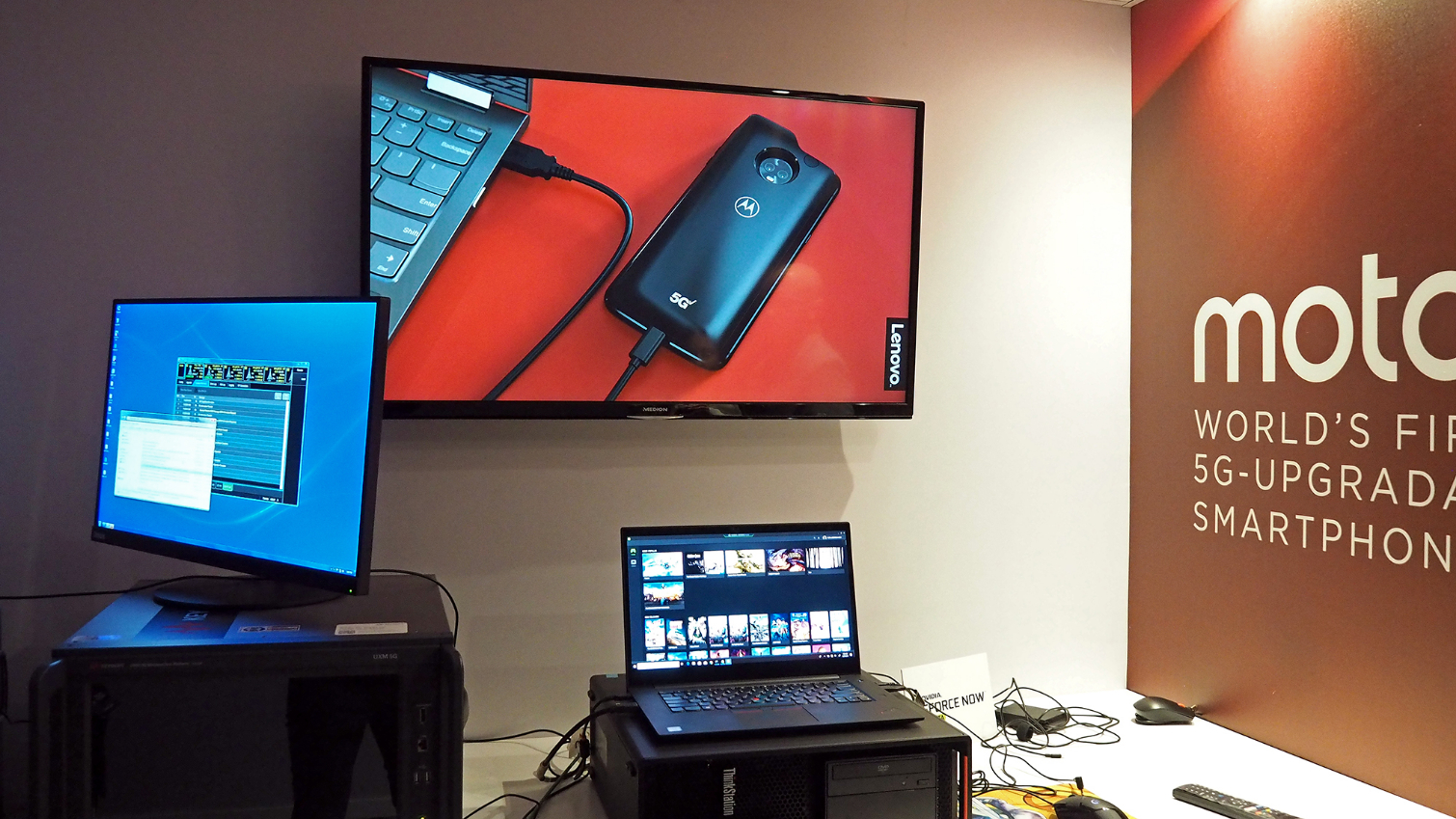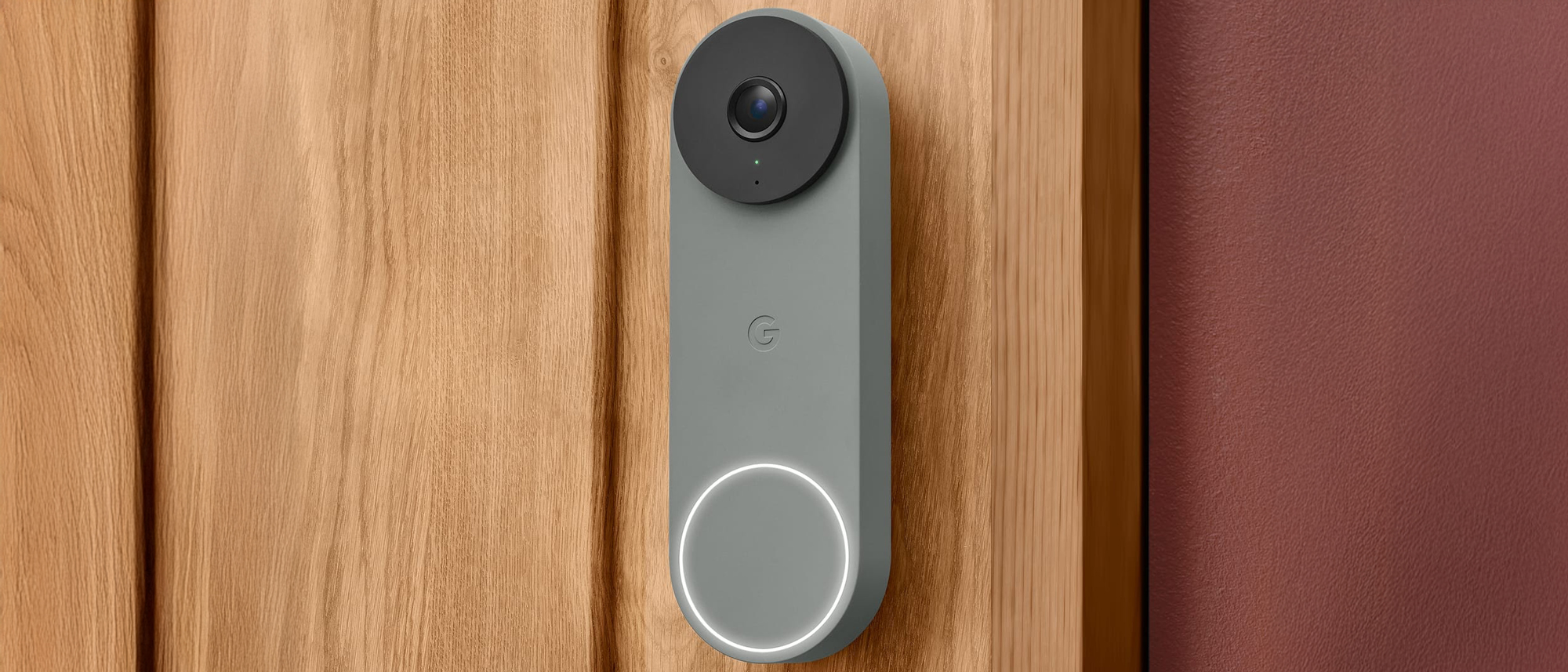Motorola's 5G Mod Is Coming This Spring
The 5G Moto Mod may have seen its fair share of delays, but rest assured — it's real, and it's still coming
BARCELONA — Motorola's 5G Moto Mod may have seen its fair share of delays, but rest assured — it's real, and it's still coming. The phone maker says it's targeting a spring launch for the product, which attaches onto the back of the Moto Z3 smartphone to enable 5G connectivity.

The 5G Moto Mod was originally unveiled in August 2018, with Motorola and Verizon, its carrier partner, planning to release the add-on in the first quarter of 2019. The Moto Z3 arrived last September as a Verizon-exclusive handset for $480, and the 5G Mod, when it's released, will allow that phone (and potentially its predecessors, the Moto Z2 Force and Z2 Play) to connect to Big Red's 5G network simply by snapping onto the back.
However, it's been a long road to launch,. Tom's Guide sat down with Doug Michau, head of Motorola's product operations, at Mobile World Congress to get caught up on the progress and whereabouts of the highly-anticipated Mod.
Back (and forth) to the drawing board
While Motorola had been hoping to get the 5G Mod out the door within the early part of 2019, Michau tells us the project faced some setbacks as a result of the 3GPP alliance changing its 5G specifications several times in recent months. In turn, the development team had to keep updating the device to comply with the ever-fluid standard.
“We started the development of this about a year back or so, and we were looking to launch and be the first to market,” Michau said. “So originally we were going to launch with a June [2018 5G spec] release, and then it moved to September, and a December release. So now we’re going to launch on a December release, on specifications which is where the industry in general is in alignment.”

When the 5G Mod does launch, it might not turn the Moto Z3 into Verizon’s first 5G-capable smartphone — that honor could go to the Samsung Galaxy S10 5G, which is also expected sometime in the spring. However, the Mod may still offer a fantastic experience, thanks to everything Motorola has packed into it, including a separate battery and clever antenna design.
Get instant access to breaking news, the hottest reviews, great deals and helpful tips.
“I can remember back when LTE first came out in 2010, the battery life was just very poor,” Michau said. “With the Mod, once it runs out of battery, all you’re going to do is discontinue 5G service, but your phone will still last all day. In the Z3 we put all-day battery support in there, and we’re going to make sure that it still holds true even if you have 5G.”
MORE: Tom's Guide's Best Of MWC 2019
The 5G Mod is also equipped with 4 mmWave antennas on the top, bottom and sides, so that no matter which way the user holds the device, the signal strength won’t be severely impacted. Qualcomm’s X50 5G Modem is onboard, along with a Snapdragon 855 processor (the latter of which, ironically, is significantly more powerful than the nearly two-year-old Snapdragon 835 in the Moto Z3).
PC gaming over your hotspot
After my chat with Michau, I was invited into a testing room Motorola had set up at the conference, where a shielded simulation base station was blasting a 5G signal at a 5G Mod-equipped Moto Z3. I watched a live demo of a Lenovo ThinkPad running Shadow Of the Tomb Raider using Nvidia’s GeForce Now cloud computing platform, all while tethered to the 5G device for high-resolution video and barely-noticeable latency.

The 5G Mod’s multitude of antennas is extremely important, because millimeter wave is significantly more sensitive to physical obstructions than the LTE we’re used to today. Whenever the signal was interrupted by someone waving their hand through it, the stream stuttered.
That’s what Motorola is trying to combat by placing so many antennas in various locations around the Mod. A video demonstration recorded earlier showed download speeds that varied as the phone was flipped or turned — dropping from as high as 2.5Gbps to 1Gbps momentarily. However, because another antenna was on the opposite side to pick up where the last one dropped out, within milliseconds, the signal rose back up to 2Gbps.
Outlook
Motorola is working hard to launch the 5G Mod as soon as Verizon’s 5G network is ready for it. Specifics on pricing and availability for the Mod are still unknown at this time, though we expect to hear more very soon. And if all goes according to plan, Moto Z3 owners might not be the only ones who will have the opportunity to use it.
“So definitely Z3 is our first focus, obviously,” Michau said. “And then we’re looking to actually go to the [Moto] Z2 devices as well.”
Michau says that having the Moto Mod platform as a testbed for 5G innovation has been incredibly helpful for Motorola. And while the company wants to make sure its first 5G product is reliable and ready by the time customers get their hands on it, the engineers will also continue to iterate and improve post-launch, with over-the-air updates to streamline the experience.
But as long as Motorola can at least produce something that’s more reliable than that first wave of LTE devices Michau remembers, users shouldn’t have too much to complain about.
Adam Ismail is a staff writer at Jalopnik and previously worked on Tom's Guide covering smartphones, car tech and gaming. His love for all things mobile began with the original Motorola Droid; since then he’s owned a variety of Android and iOS-powered handsets, refusing to stay loyal to one platform. His work has also appeared on Digital Trends and GTPlanet. When he’s not fiddling with the latest devices, he’s at an indie pop show, recording a podcast or playing Sega Dreamcast.
